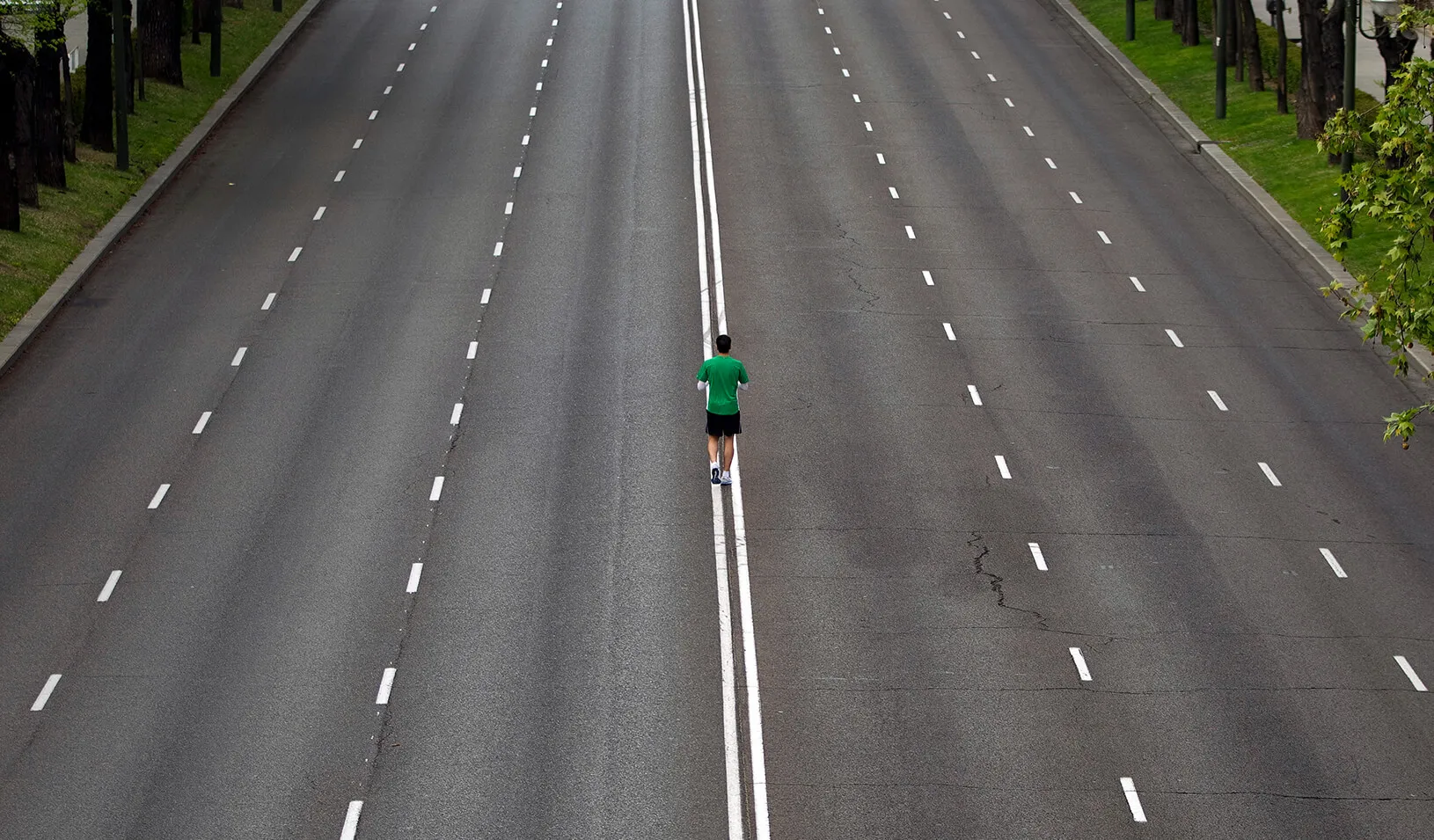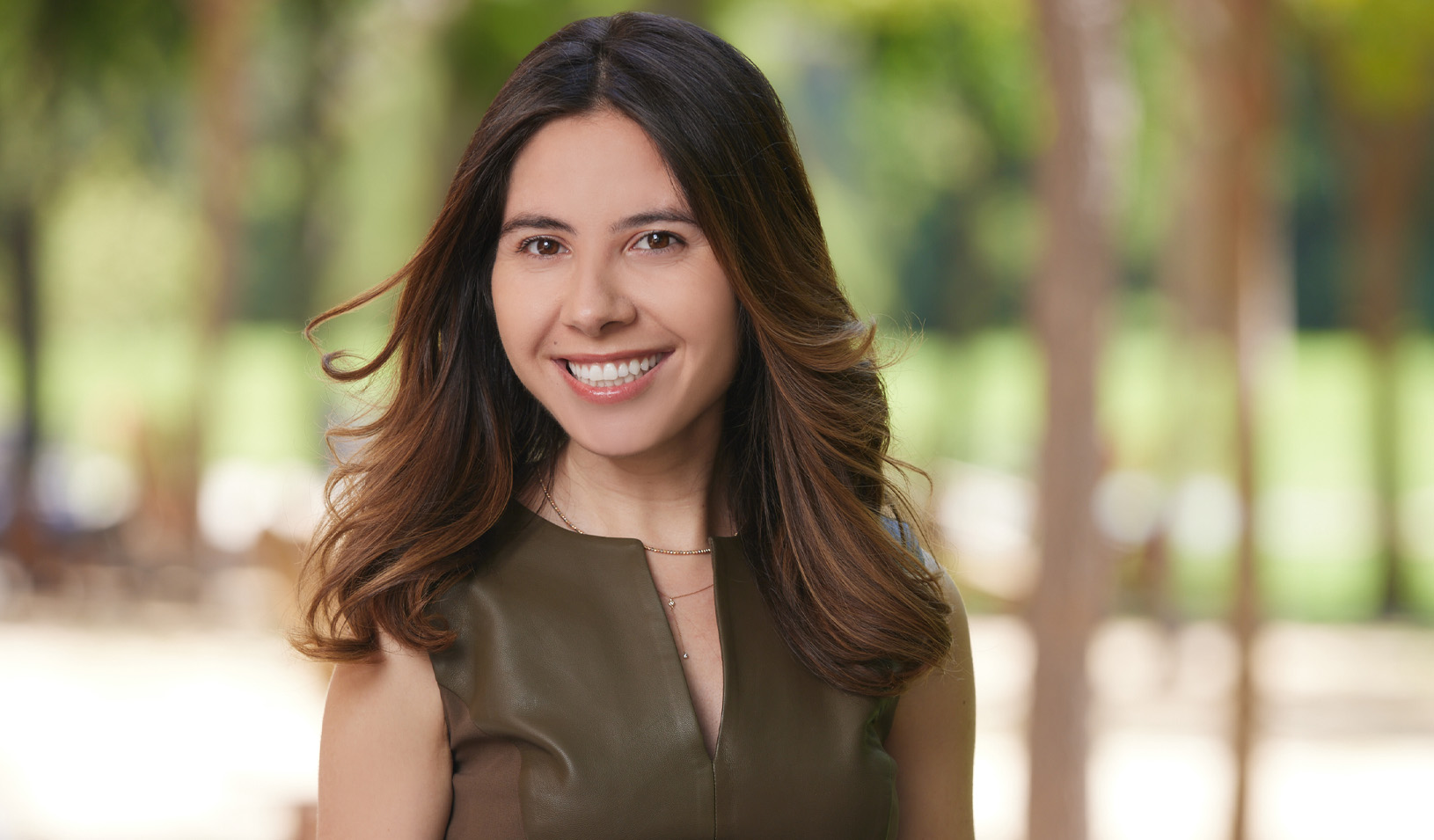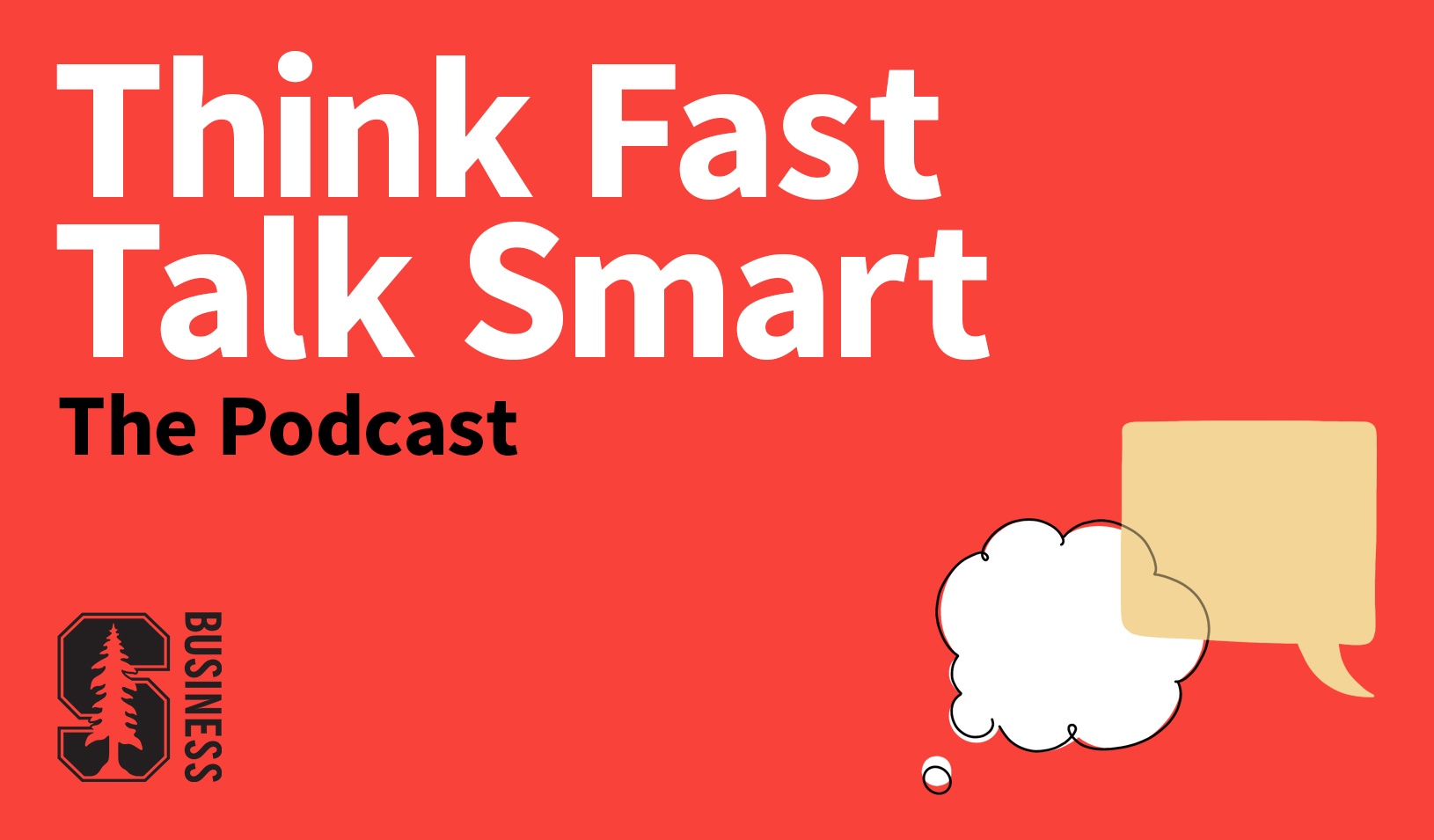Whether we’re aware of it or not, most of us view ambivalence as a mindset to be avoided. Decades of research have shown that holding both negative and positive attitudes about something makes us uncomfortable and anxious. More often than not, ambivalence is regarded as a weakness that causes unnecessary conflict.
That’s why most people are motivated to resolve their ambivalent feelings and take a stand one way or another. This is especially true when it comes to emotionally charged issues like abortion and the death penalty — we have a natural tendency to steer away from counter arguments.
There are times, however, when we subconsciously create and embrace ambivalence in an effort to protect ourselves. When we want something dearly but fear we won’t get it — a dream house, say, or a new job — we shield our egos from future disappointment by playing down the desired object’s positive aspects and focusing on its potential downsides. We tell ourselves that the dream house might actually be too big or that the dream job might be too stressful.
Social psychologist Christian Wheeler, a professor at Stanford Graduate School of Business, and Taly Reich, a professor at Yale School of Management, recently set out to understand what it takes for us to purposefully embrace ambivalence, an attitude we’re naturally inclined to regard as aversive.
“Our belief was that for someone to go through the mental gymnastics required to cultivate ambivalence, it would have to be for something that was really important to them,” Wheeler says.
The Art of Self-Sabotage
Wheeler and Reich conjectured that people cultivate ambivalence to protect their feelings in the face of uncertainty, similar to the way people sometimes sabotage themselves by drinking heavily, procrastinating, or putting in minimal effort — with the subconscious purpose of saving face if they don’t succeed.
To test their hypothesis, Wheeler and Reich devised six studies that manipulated people’s ambivalence through a range of fictitious and real-life scenarios. The results appeared in the paper, “The Good and Bad of Ambivalence: Desiring Ambivalence Under Outcome Uncertainty,” published in April in the Journal of Personality and Social Psychology.
In one study, about 240 people were led to believe they were taking part in research about the role of imagination and visualization on perception, when they were actually participating in research about ambivalence. They were asked to imagine being a high school senior who has applied to their top-choice university, which they visited and loved. Although they applied to other schools, this was the one they really wanted. The imagined scenario also estimated their chance of getting in — 10%, 50%, or 90%. In addition, participants were given the results of a U.S. News & World Report survey comparing their first-choice school and their backup school in such areas as post-graduation salary, tuition, and average teacher rating.
The participants then learned of the outcome of their applications. Some were rejected and some were accepted by their first-choice school, but all were told they had received the news a month after learning they’d been accepted by their backup school. The participants then answered questions about their view of the situation and themselves.
As Wheeler and Reich suspected, those with a 50% chance of getting into their top school — those most uncertain about the outcome — were also the most ambivalent about it.
A Protection Against Rejection
In another study (again said to be research into visualization techniques and imagination), participants were told to imagine they were buying their first home. This time the researchers manipulated the level of ambivalence by either playing up or down the positive aspects of the desired house — its size, backyard, the surrounding neighborhood, the view. Participants completed a questionnaire that measured their ambivalence about the house, the likelihood they would make an offer and what percentage of the asking price they were willing to offer, on a scale that ranged from 50% to 150%.
Those with little ambivalence who got the house tended to feel better about it than those who got the house but had a lot of ambivalence about it, showing there is a cost to being less invested in an outcome if it turns out to be the one you wanted. “Although ambivalence can help protect us against rejection, if we’re ambivalent and we get what we want, then we don’t feel that good about it,” says Wheeler.
An additional study asked students who were nearing college graduation, and who had interviewed for jobs, to name the company and title of the job they most wanted. Then they completed a survey that asked how likely they thought it was they would get an offer and their attitude toward it. Once they were notified about job offers, the students completed a second questionnaire that measured how good they felt about themselves given the outcome.
“This was real life, so we couldn’t manipulate whether or not these students got the jobs, but we found the people most uncertain about their chances of getting a job offer also had the most ambivalence about it,” says Wheeler. “But that ambivalence also hurt their view of themselves when they got the job they wanted.”
Wheeler and Reich were surprised to discover that ambivalence could make the things we want less desirable once we get them. “It’s a little like an insurance policy,” Wheeler says. “It’s good to have when you need it, but there’s a cost. You generate these feelings toward something and it changes your view of yourself and the outcome.”
Ambivalence Fuels Risk?
Because ambivalence can serve as a means of self-protection, Wheeler speculates that it could potentially reduce our aversion to risk, something that is often required to achieve lofty results.
For example, fear of rejection — especially for someone seeking a job — often prevents a person from negotiating a higher starting salary, even though negotiating has been shown to result in an average annual salary increase of $5,000. In a situation like that, someone who has become ambivalent about landing that job might be more likely to take a chance and ask for the salary bump.
“Ambivalence gives us this emotional hedge, so it might make us willing to take more chances,” says Wheeler. “And it’s well-established that people tend to be more risk averse than they should. Depending on the situation, a willingness to take more risks could lead to better results.”
For media inquiries, visit the Newsroom.






